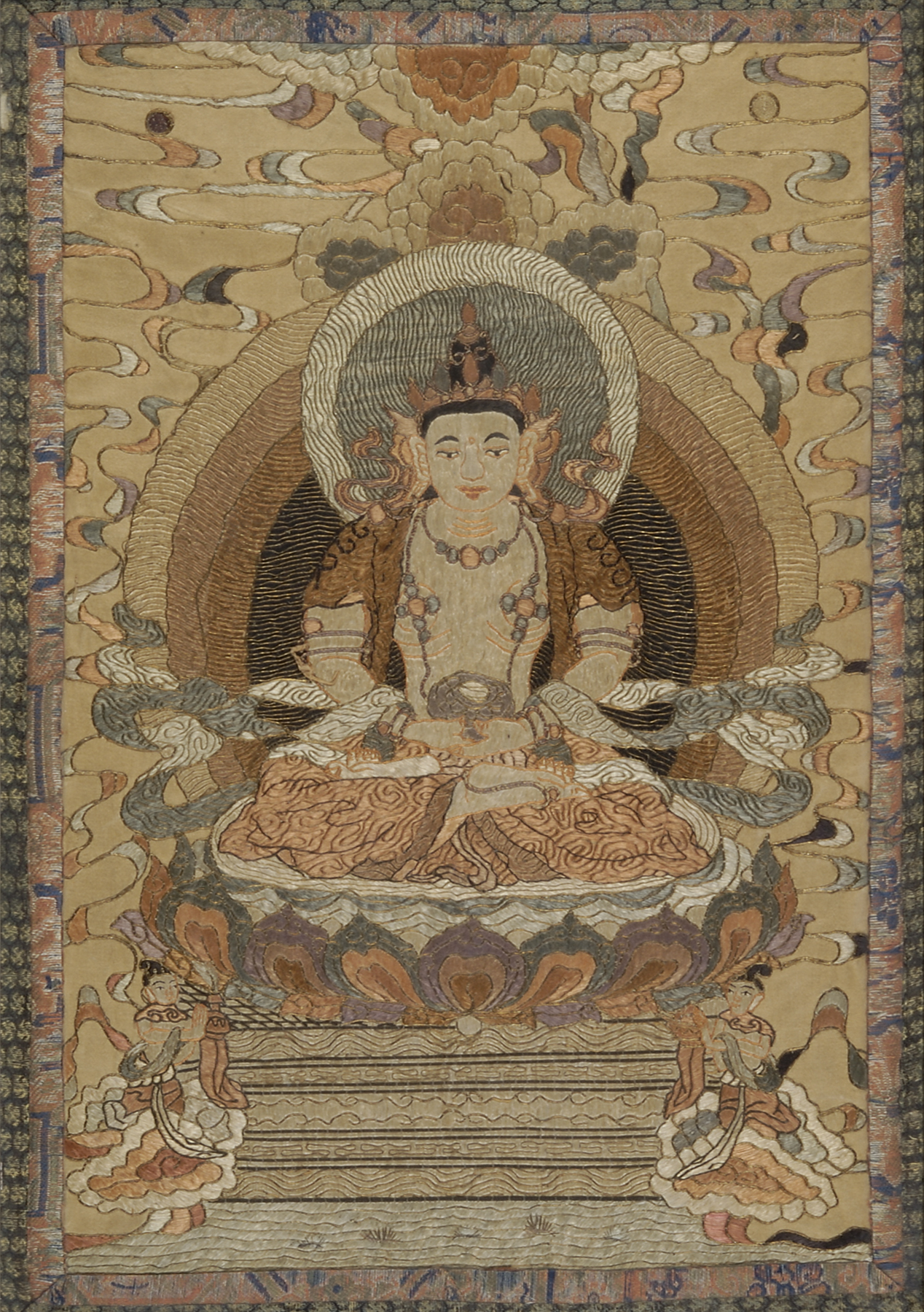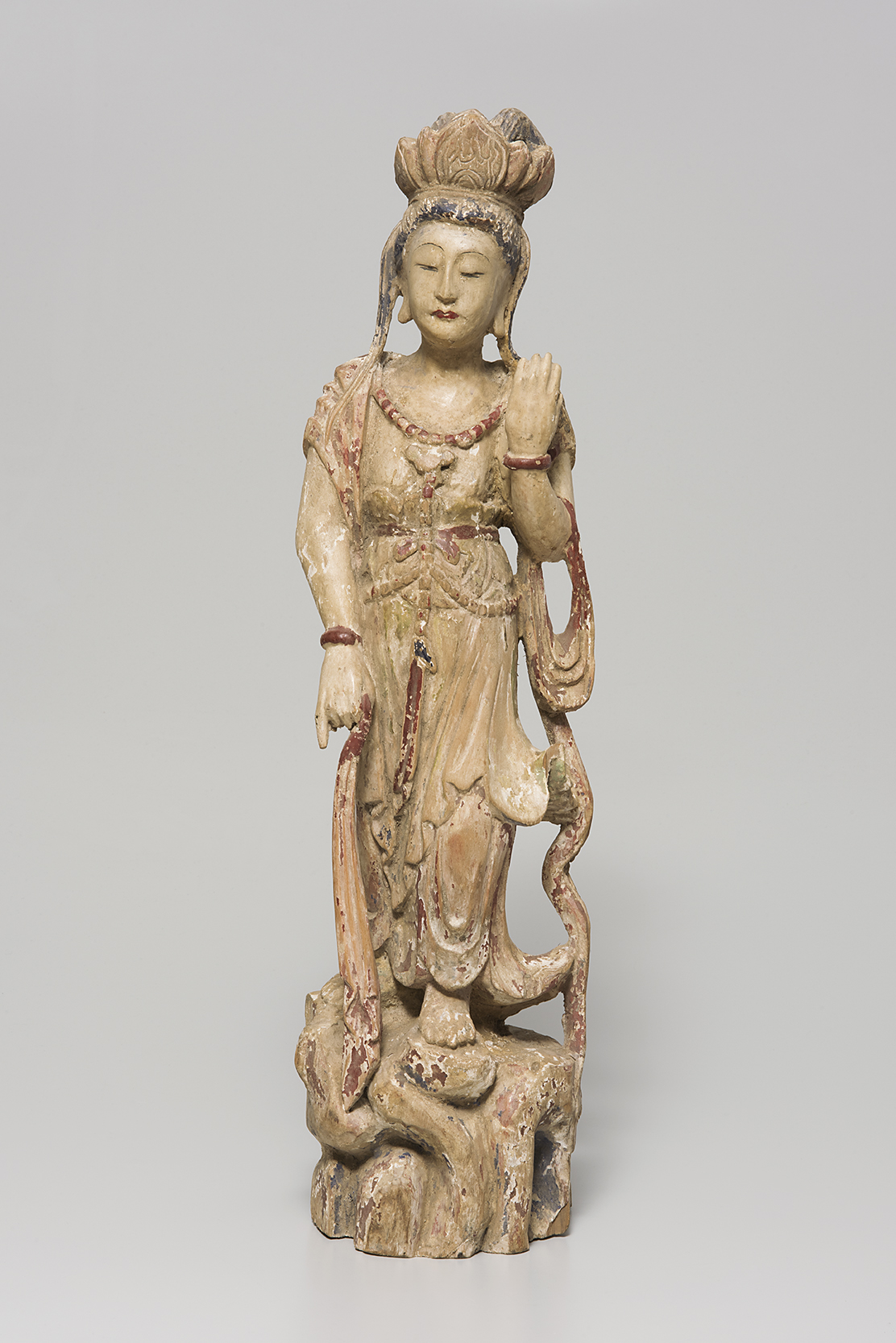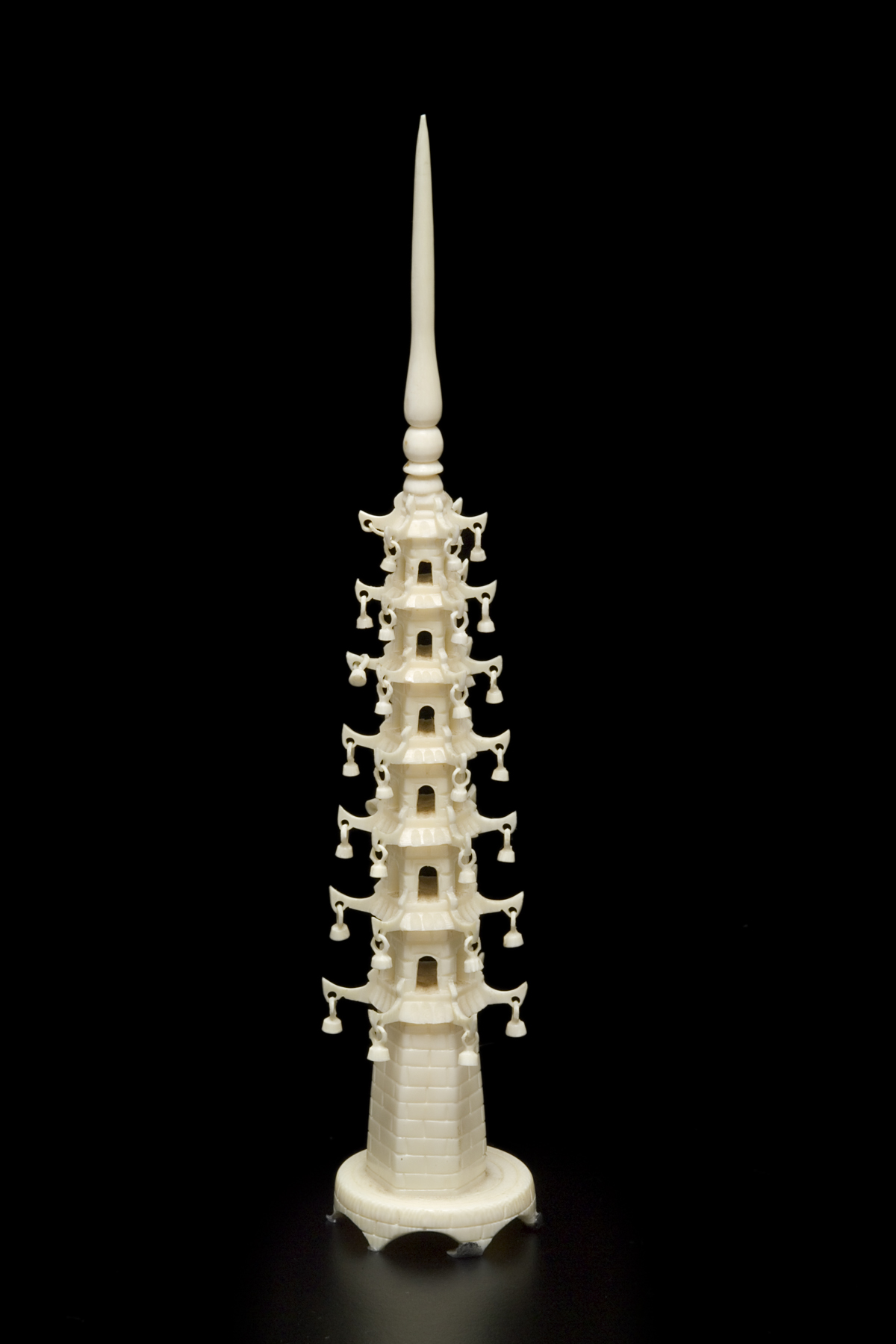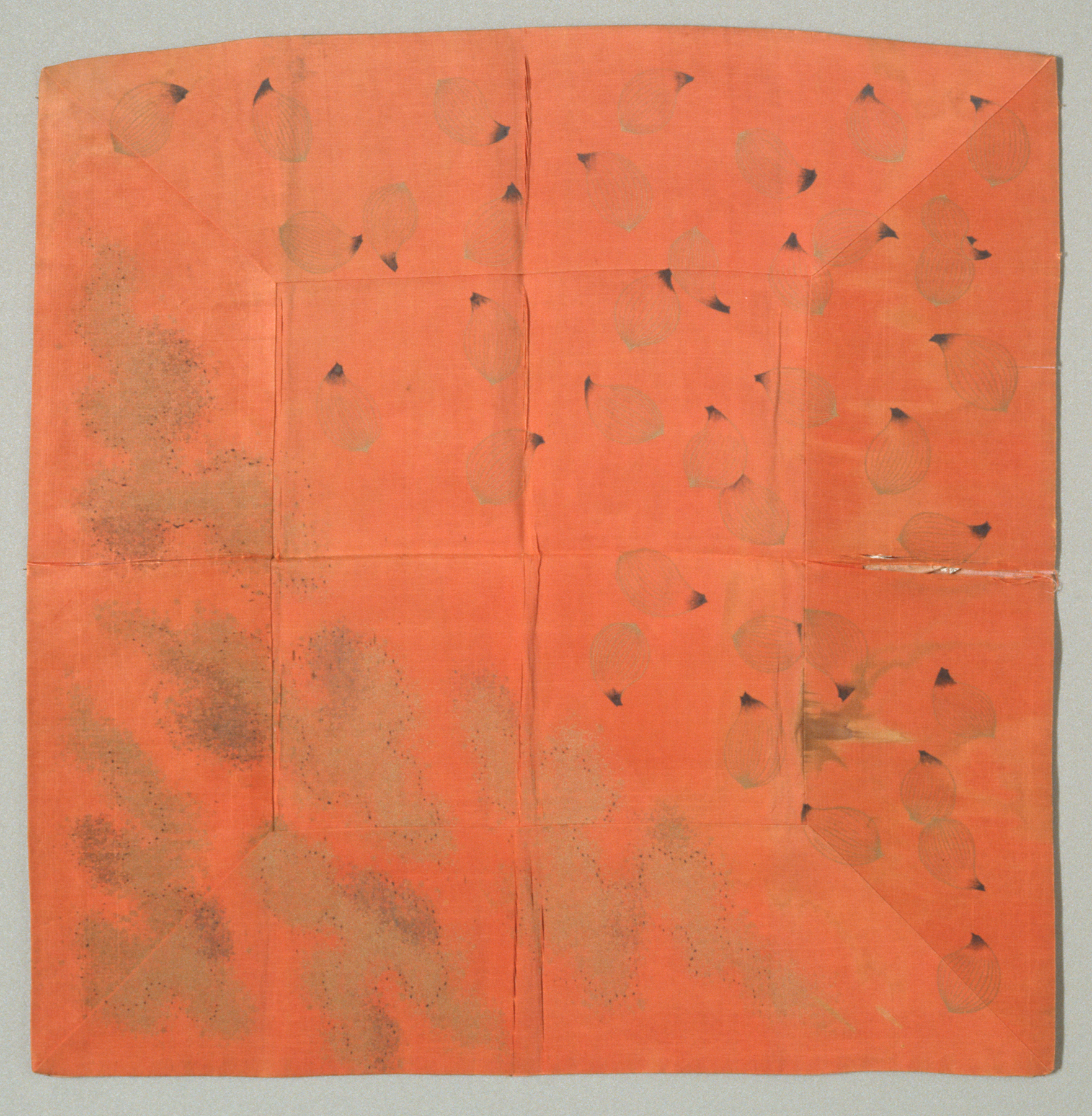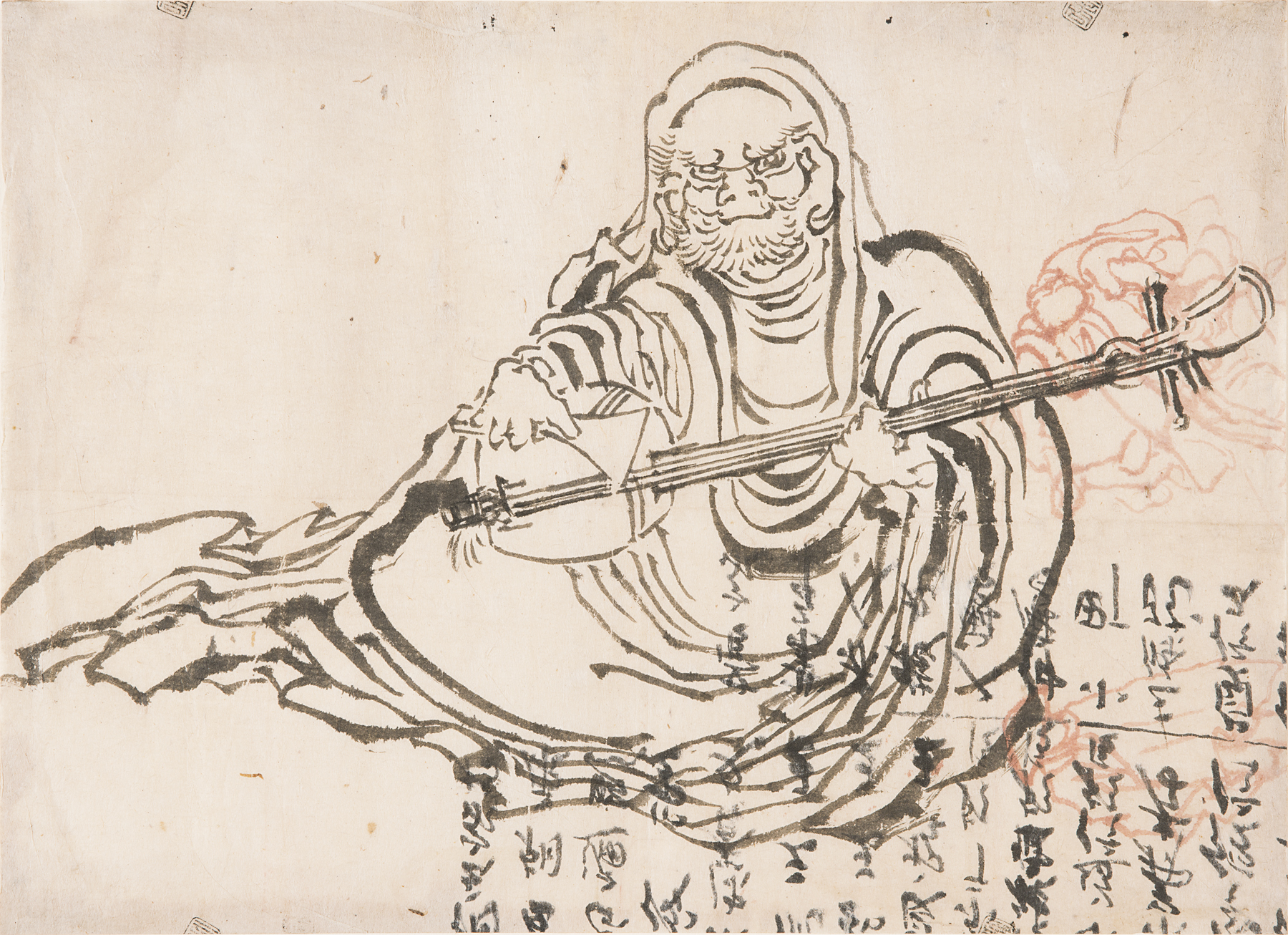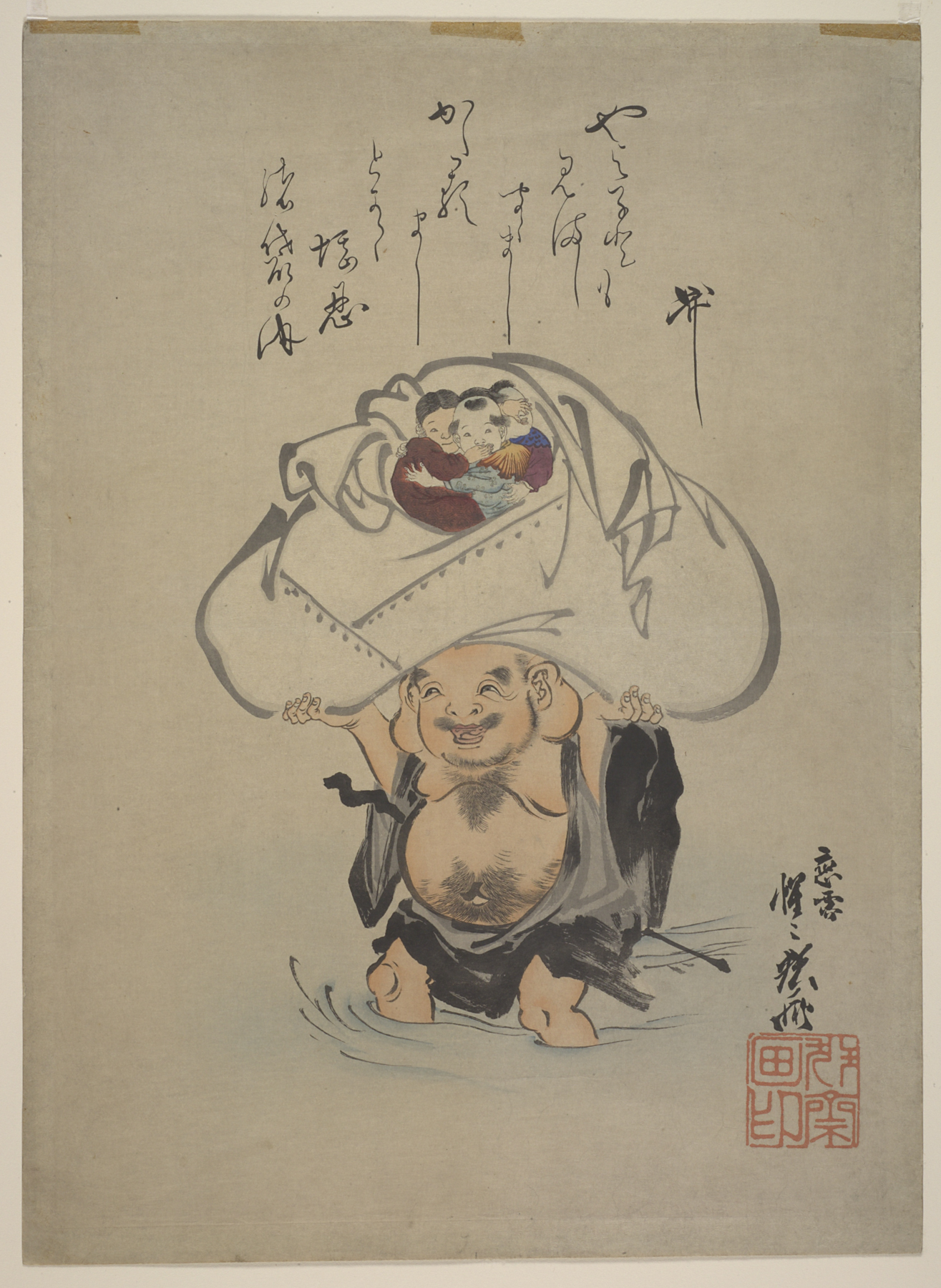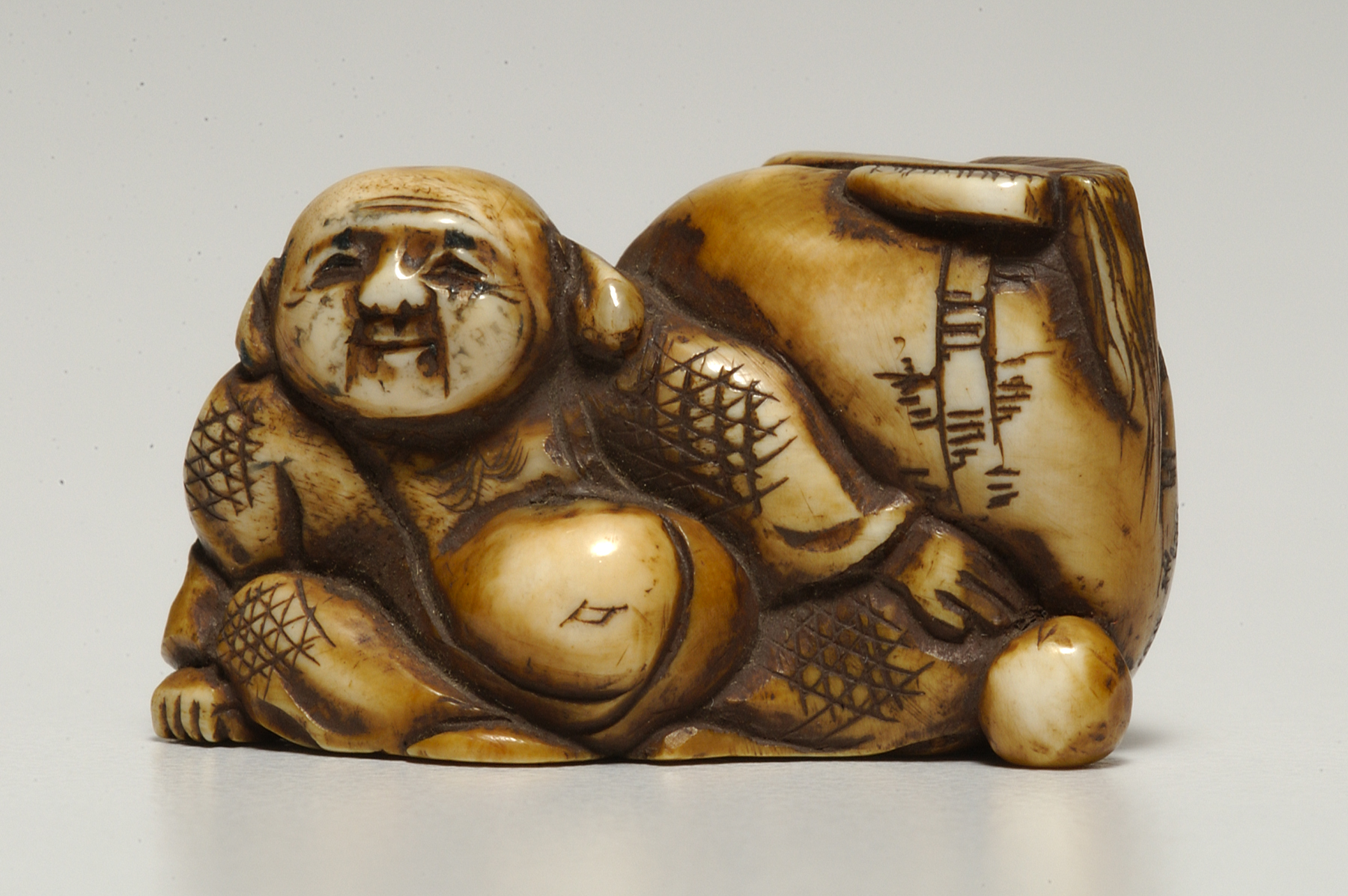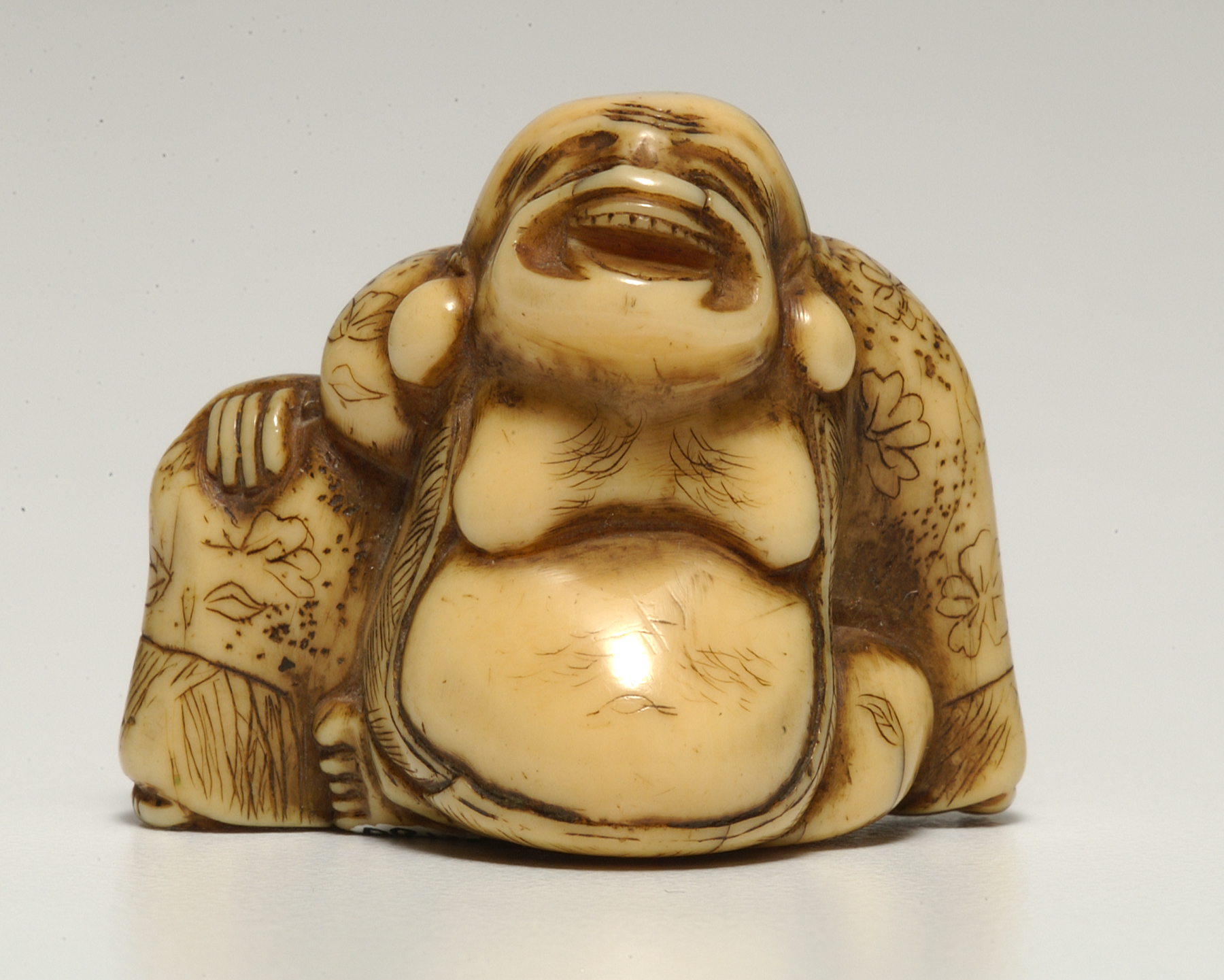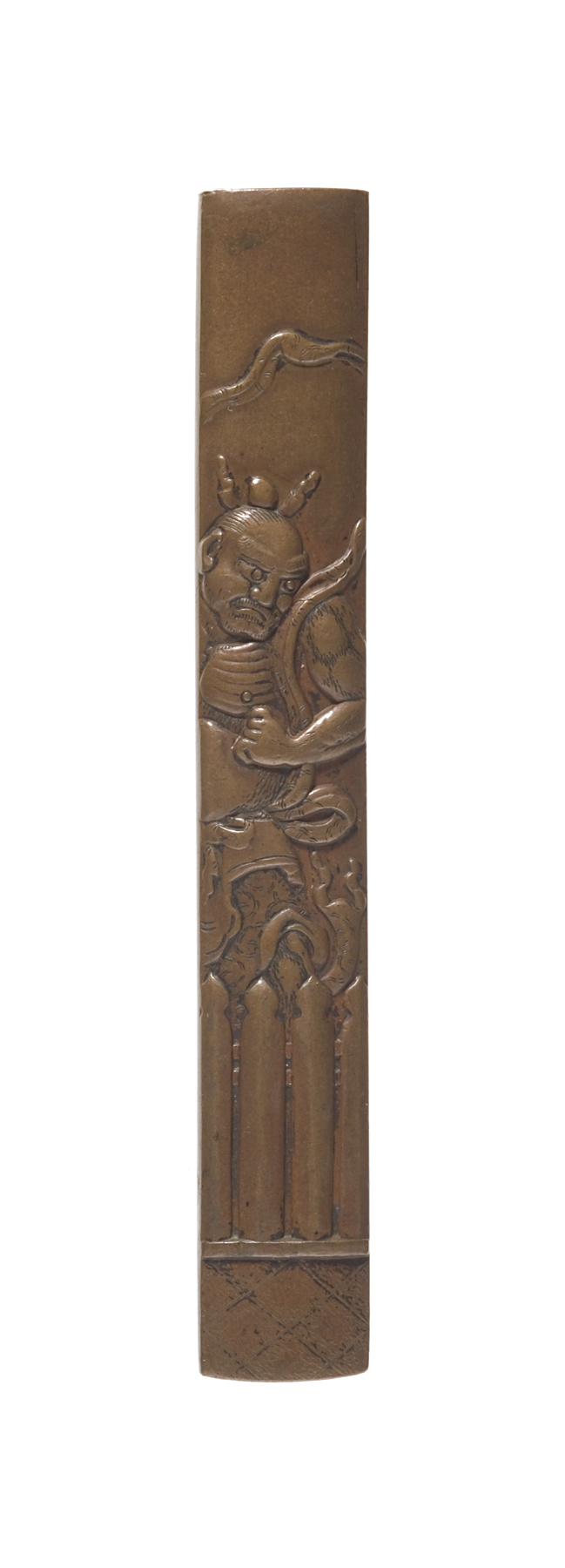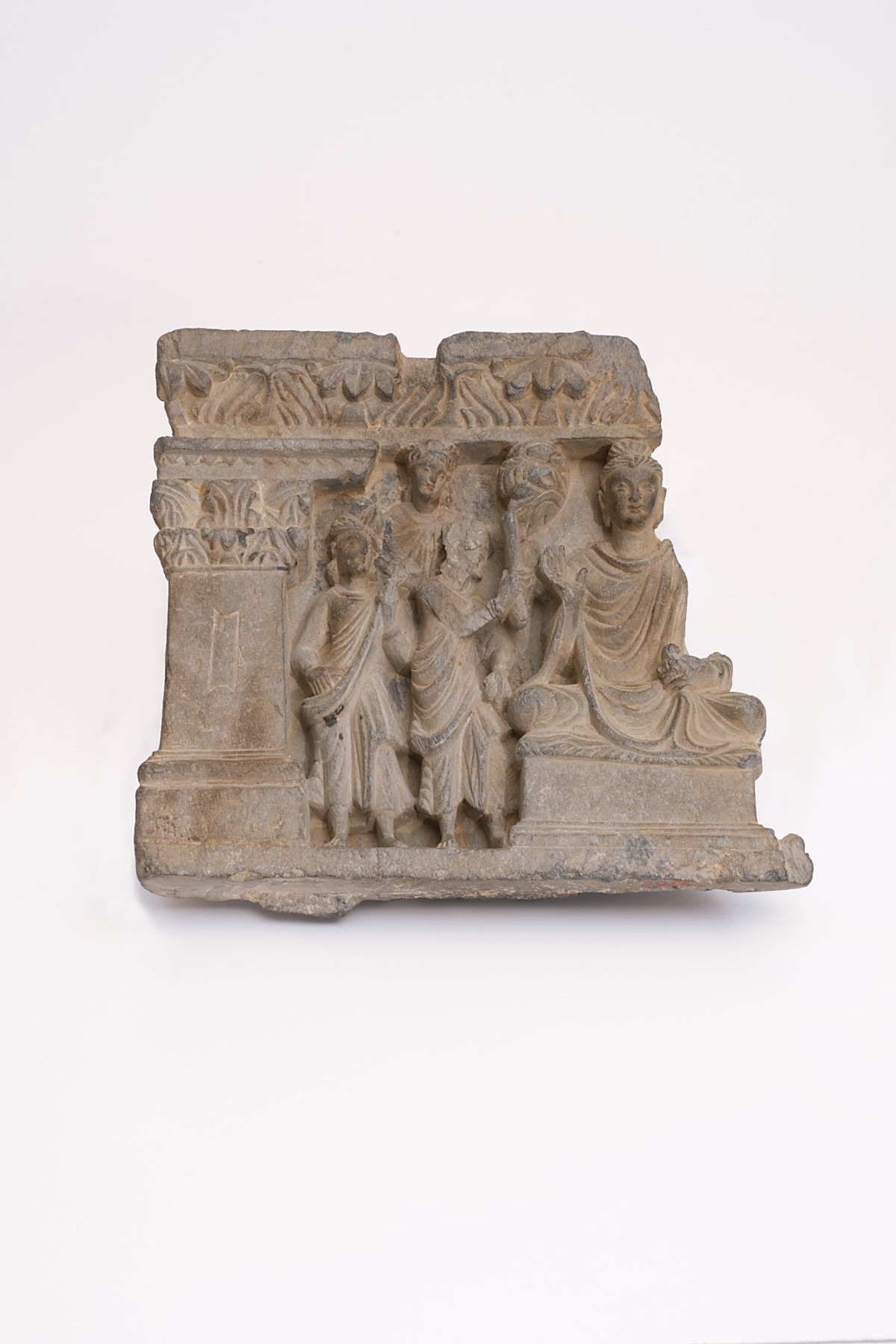The Sacred and the Secular: Buddhist Imagery in Religious and Popular Contexts
Exhibition Overview

Buddhism originated in India in the fifth-century B.C.E., when Prince Siddhartha renounced his privileged lifestyle to discover the truth about existence. He came to believe that all existence is suffering, that desire causes suffering, to cease desire is to cease suffering, and to cease suffering one must follow the teachings of the dharma, or Buddhist law. Buddhism teaches that our present world is an illusion, and that to break free from this illusion and the cycle of rebirth is to reach enlightenment and become a Buddha. From India, Buddhism spread eastward through Central Asia, China, Southeast Asia, Korea, and Japan, becoming one of the world's major religions. This fall, an exhibition in the Spencer's Asian Gallery aims to illustrate how Buddhism is manifested in Asian art. Organized by Hillary Pedersen, last year's Carpenter Foundation Intern in Asian art and a KU doctoral candidate in art history, The Sacred & the Secular: Buddhist Imagery in Religious & Popular Contexts opens Oct. 4.
Most of the works selected for the exhibition were created after Buddhism had become well enough established that different schools of Buddhism had emerged--represented visually by very different artistic styles and practices. On view will be prints, paintings, sculpture, decorative arts, and Buddhist objects and texts from a variety of geographical sources, including China, Japan, and Tibet. Some objects have been used in ritual and worship practices, while others incorporate Buddhist motifs and themes as decorative elements in secular objects. The incorporation of Buddhist imagery into non-sacred visual media illustrates an intersection between the sacred and secular realms. Pedersen says the exhibition is intended to provoke thoughts of how religious imagery is used, and about the possible definitions of religious art.



